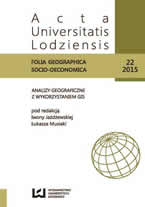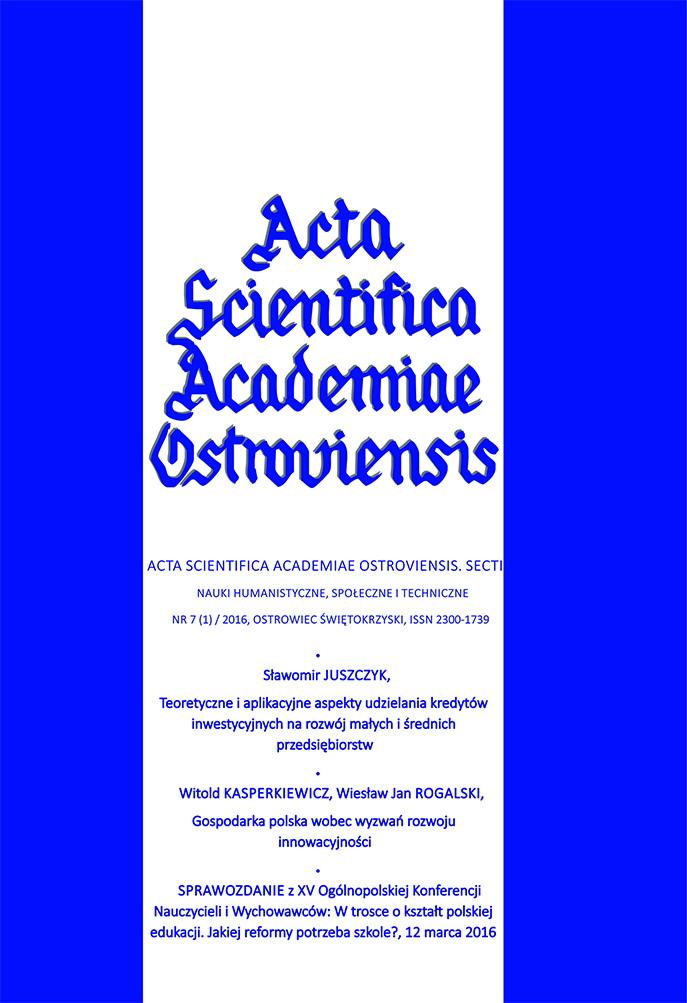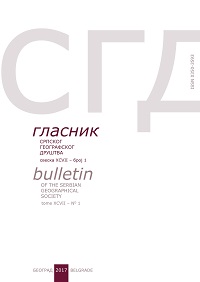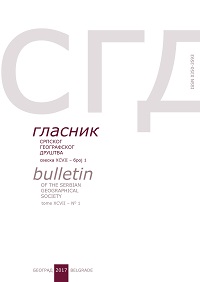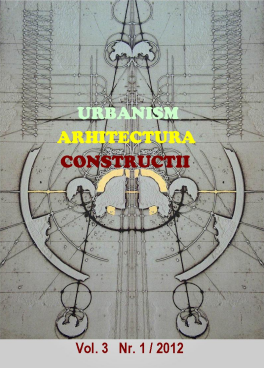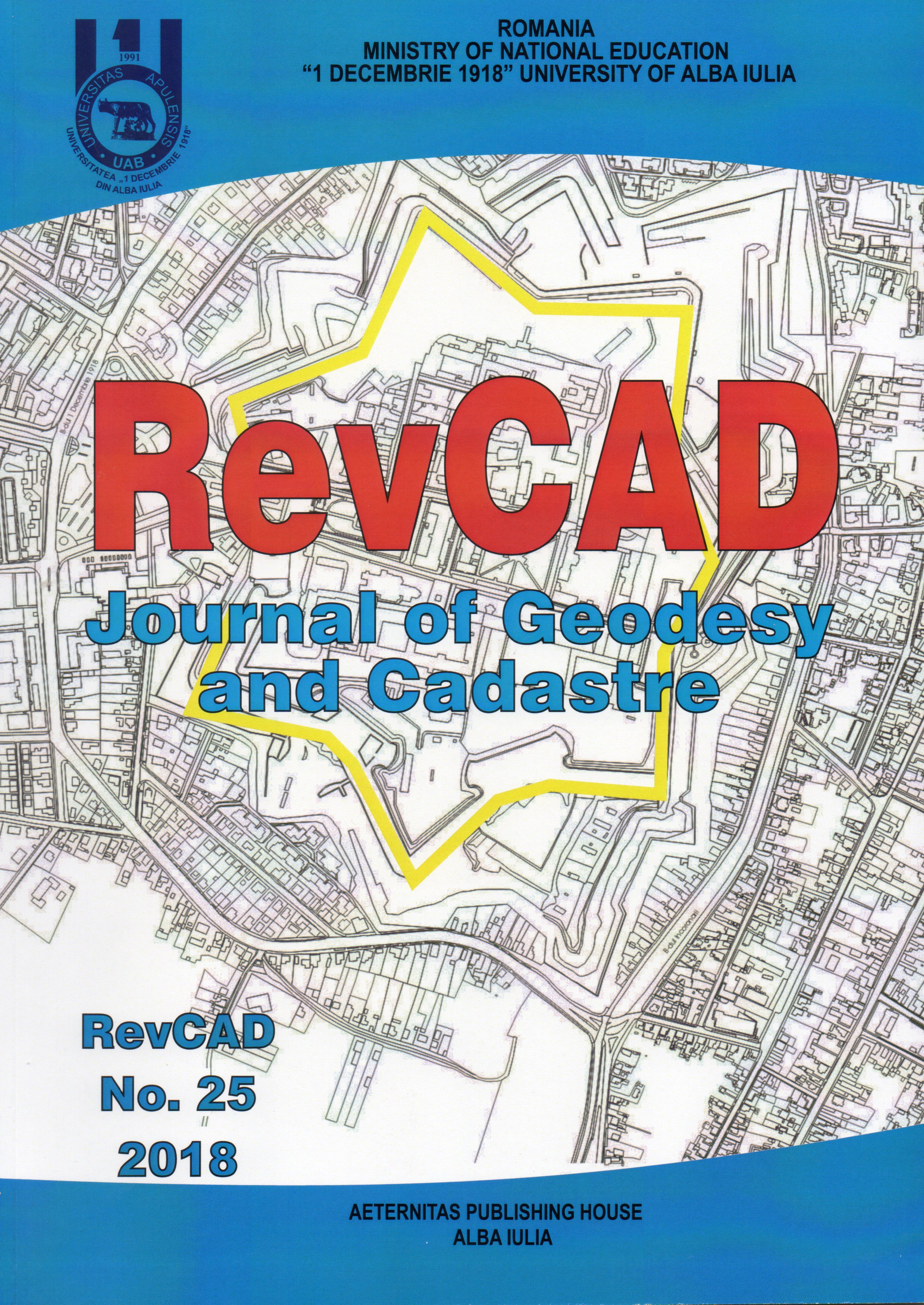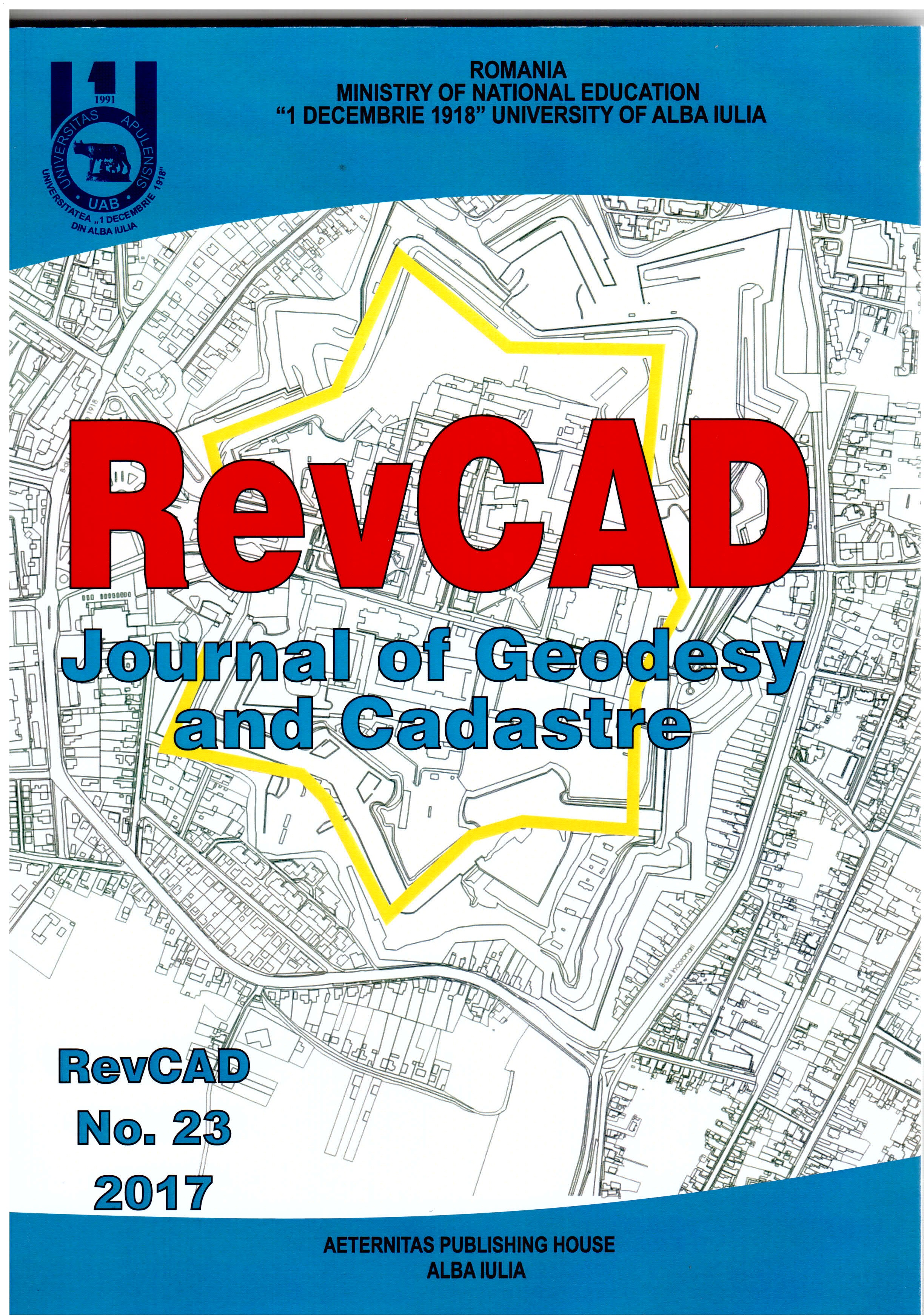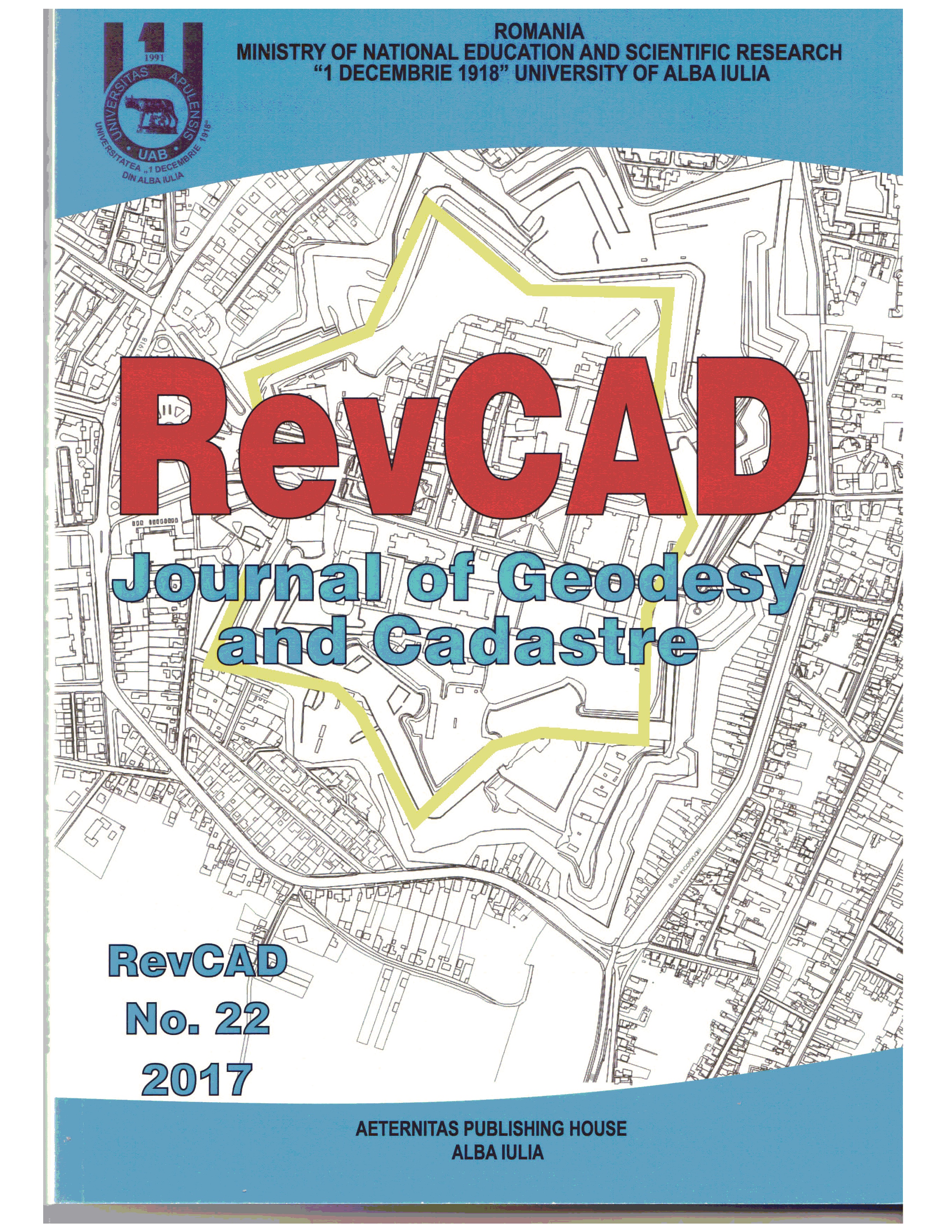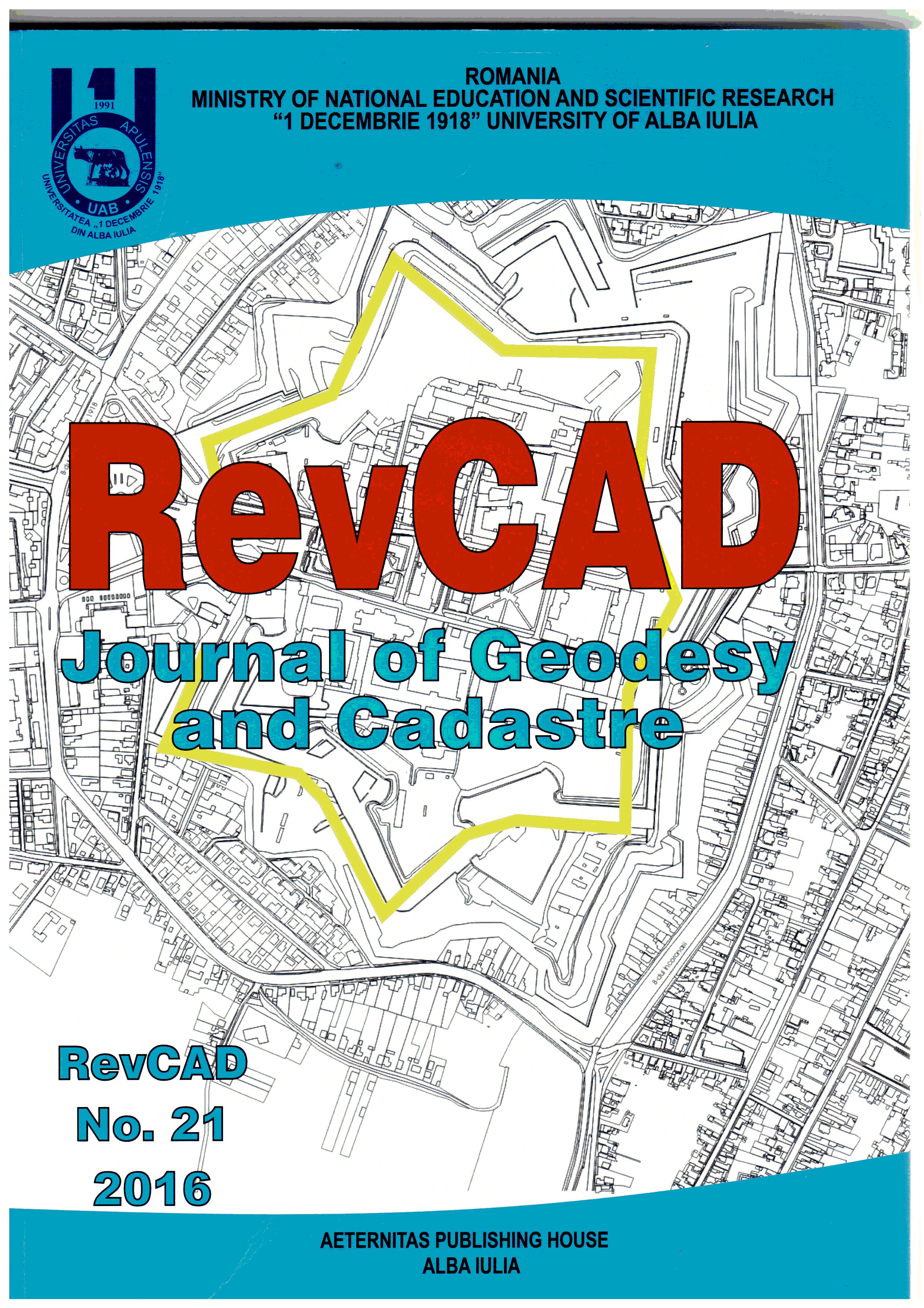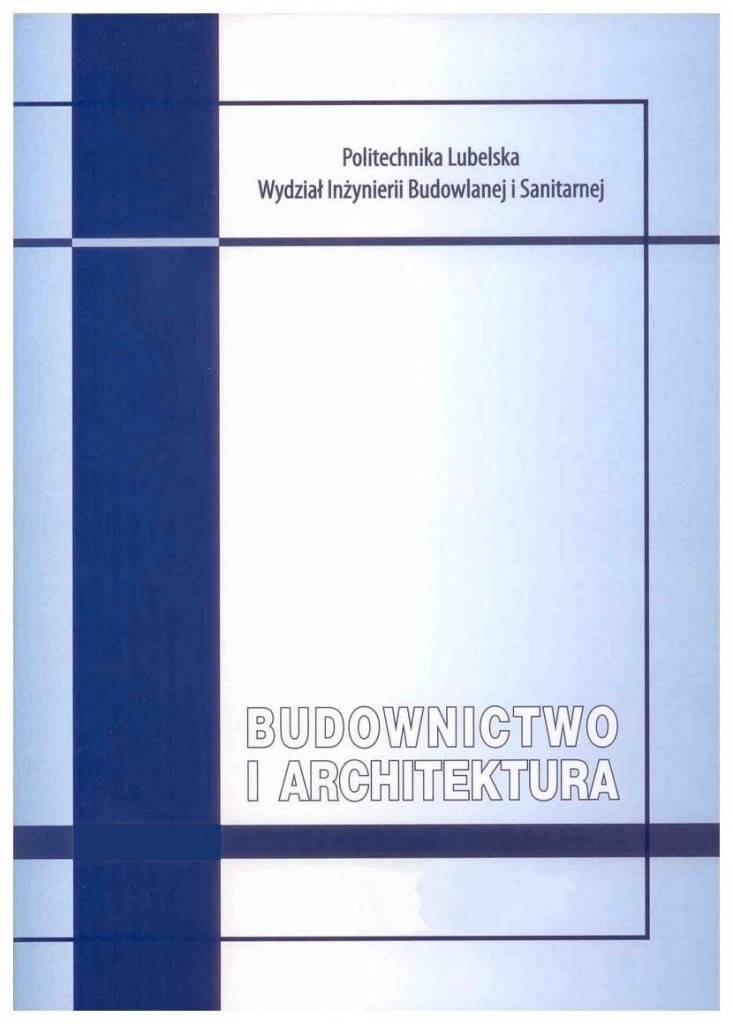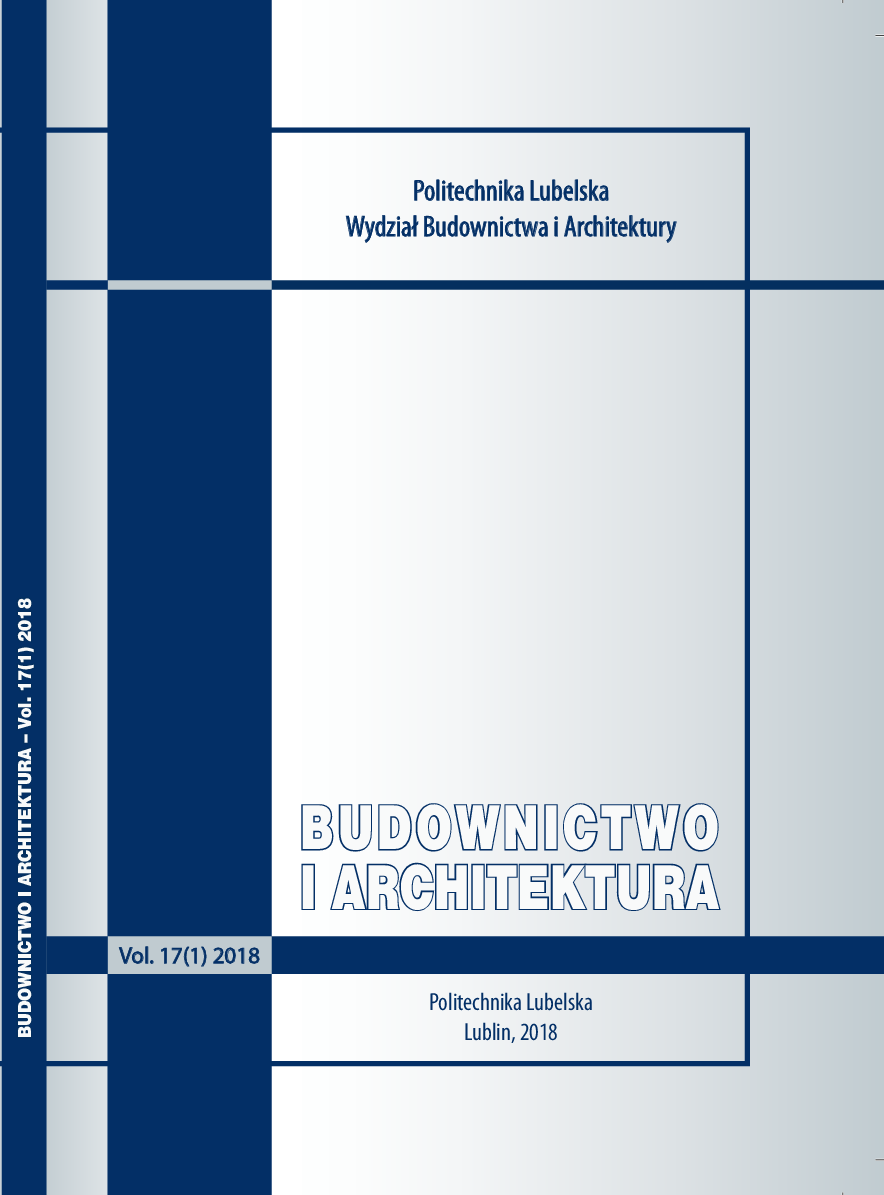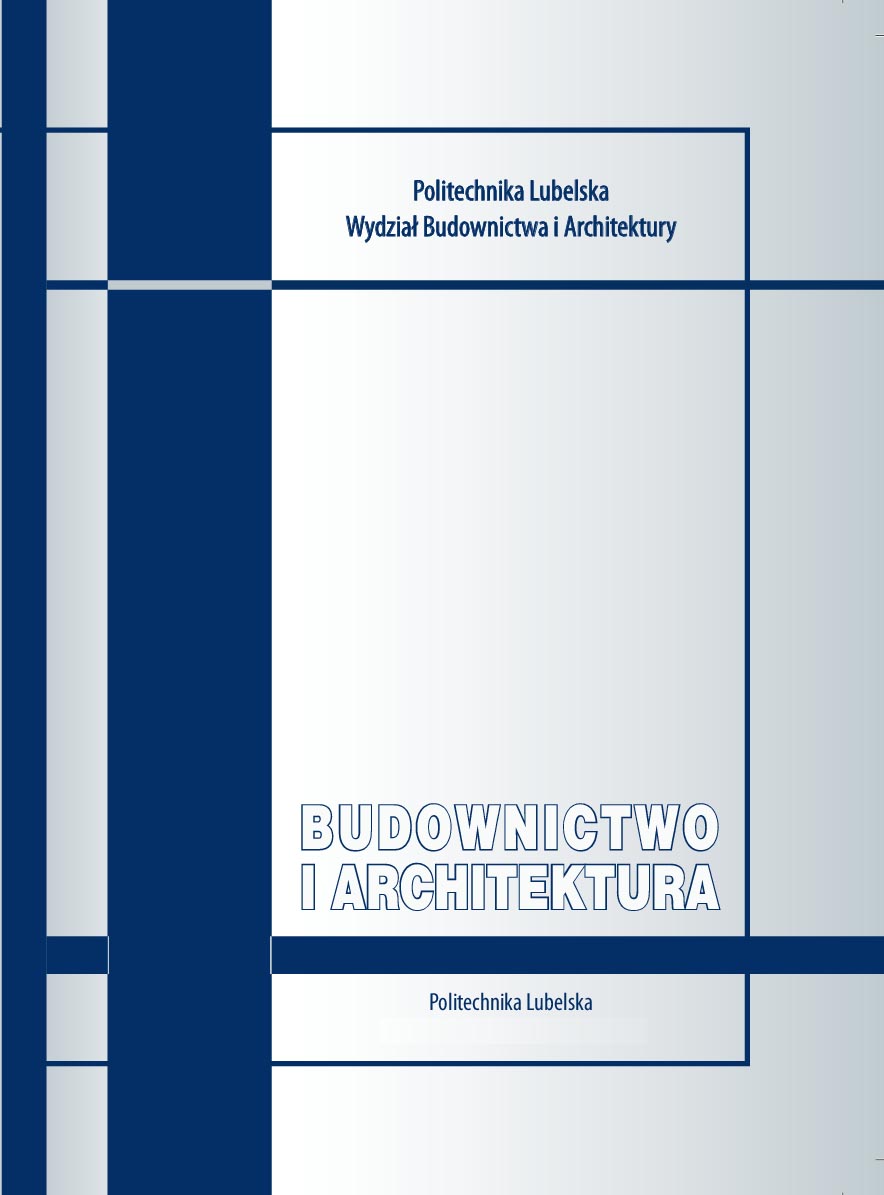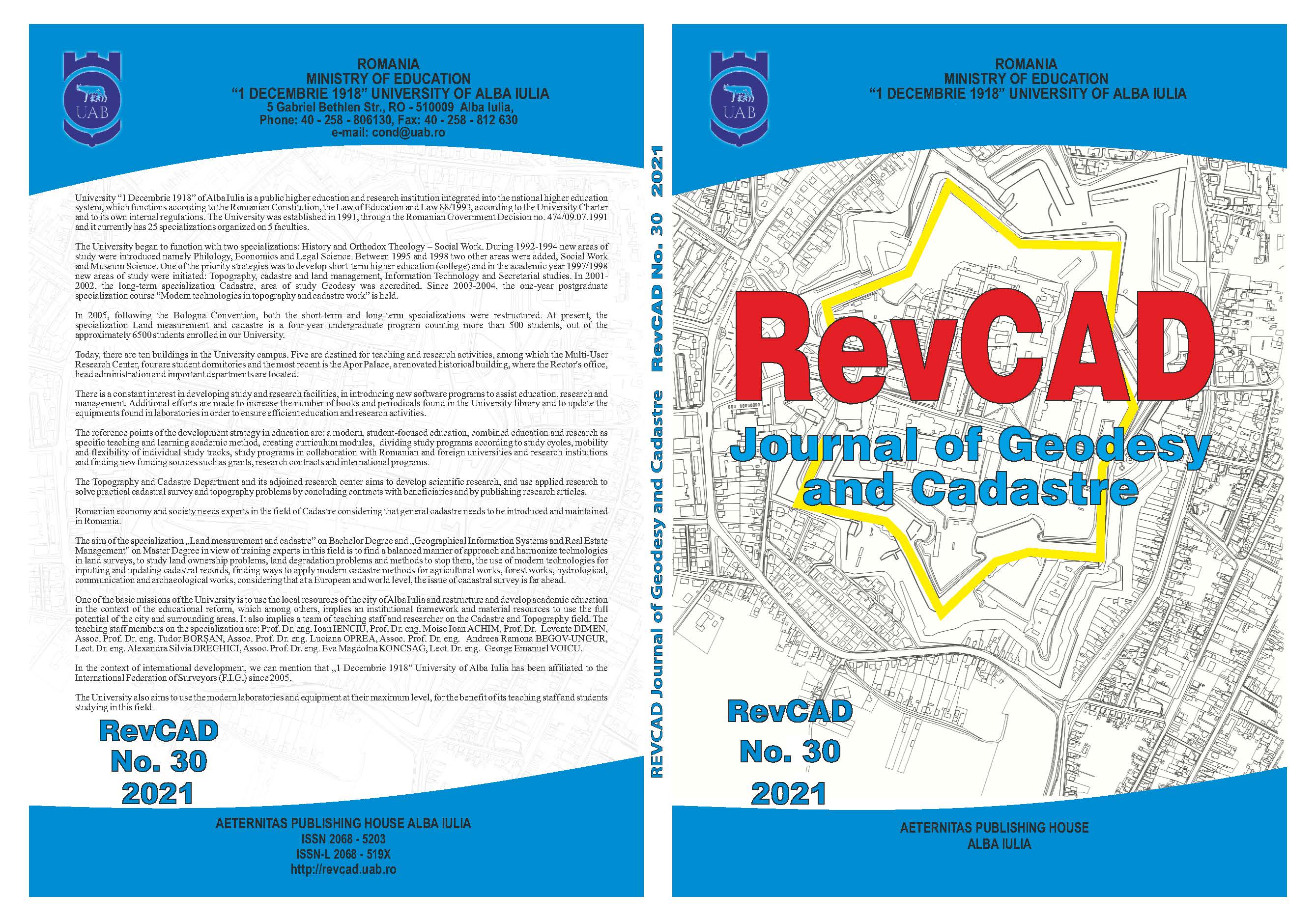Author(s): Piotr Werner / Language(s): Polish
Issue: 1/2024
Nowadays, geographers and specialists in other disciplines perceive information and communication technologies, including GIS software, as part of the inevitable changes in practice and science (including geography). Recent ways of generating, processing, storing, analyzing and sharing data, creating and sharing texts, visualizing, mapping, analyzing, communicating ideas, video, podcasts, and presentations, sharing information, social networks and mainstream media are entirely dependent on computing technologies. Modern science in the digital age uses big data, artificial intelligence – machine learning methods (data mining, pattern recognition, geovisualization, spatial statistics, optimization and spatial simulation), which in turn have renewed interest in and ties with the fields of computational social sciences and data-driven geography, to gain deeper insights into quantitative, time-scale, multi-resolution and multi-scale research. The tool and product of a geographer’s research is, among other things, the map, a medium, a vehicle for geographic theories and ideas and a tool for conveying geo-information. However, the remediation of a traditional map into a digital map involves the transformation, addition, restriction or change of the meaning system of the original. The new digital medium arouses different attitudes, different emotions and triggers new practices of receiving geo-information among professionals and the public. Undoubtedly, this also applies to researchers–geographers who apply in their geospatial research multi-, interor transdisciplinary approaches based on different research paradigms. Integrated and problem-focused scientific discourse in geographic research and digital remediation of maps allow us to look at the future of (currently diversified) geographic research with some hope for its reintegration. The aim of the paper is to identify the possibilities, current and prospective paths and research topics of geography in Poland, which are interdisciplinary, combining the field of interest of physical, socio-economic geographers and specialists of space economy, using the modern instrumentarium of information and communication technologies in geography, i.e. geographic information systems.
More...
